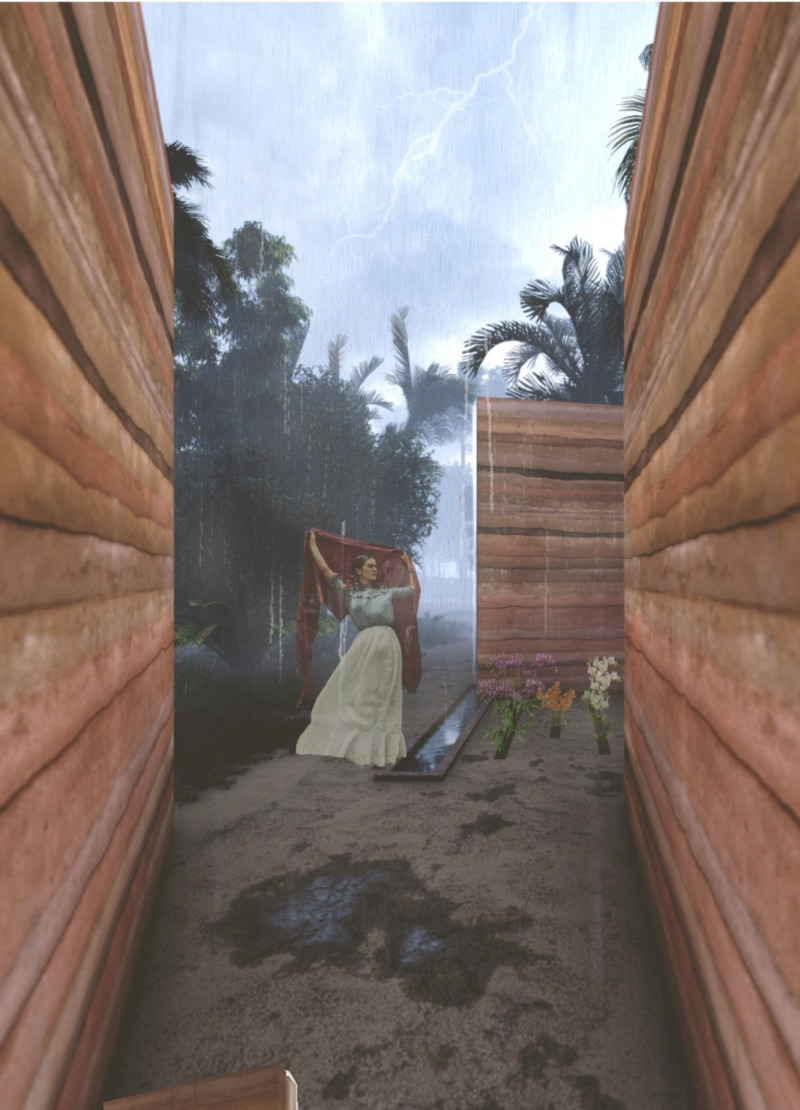5 key facts about this project
The Temple of Orchidaceae is located in Oaxaca, Mexico, and focuses on the celebration of the region's rich variety of orchids. It aims to create a meaningful connection between visitors and the natural environment. With its design, the temple fosters an experience that encourages exploration and appreciation of the local flora. By using earth as a main structural element, the building integrates into its setting, creating a dialogue between architecture and nature.
Design Concept
The vision behind the Temple of Orchidaceae is to establish a close relationship between the built form and the surrounding plants. The design features an open-air layout that allows ample natural light and fresh air to flow through the space. This setup enhances the visitor's experience, inviting deeper interactions with the diverse orchid species on display.
Materials and Structure
The construction process uses essential materials like formwork plates and timber. These choices align with an ecological approach. Compacted earth plays a crucial role, providing durability while maintaining a connection to the landscape. Reinforced concrete is utilized for the top bond beam, ensuring the structure's stability while complementing the narrative formed by its natural context.
Environmental Integration
Attention to ecological awareness is a key focus of the project. The design incorporates local plants around the structure, adding to the visitor experience and promoting understanding of the region's unique botanical identity. Landscaping is carefully designed to enhance the temple's role as a space for education and appreciation of orchids and their habitat.
The design includes details that highlight the transition from earthen walls to the open sky. These elements create an inviting atmosphere, allowing the essence of nature to permeate throughout the space. Each architectural decision works towards a shared goal of celebrating and preserving the beauty of the orchid.



















































